Looks Like Ukraine Is Going on the Offensive With Huge Soviet Air Defense Missiles
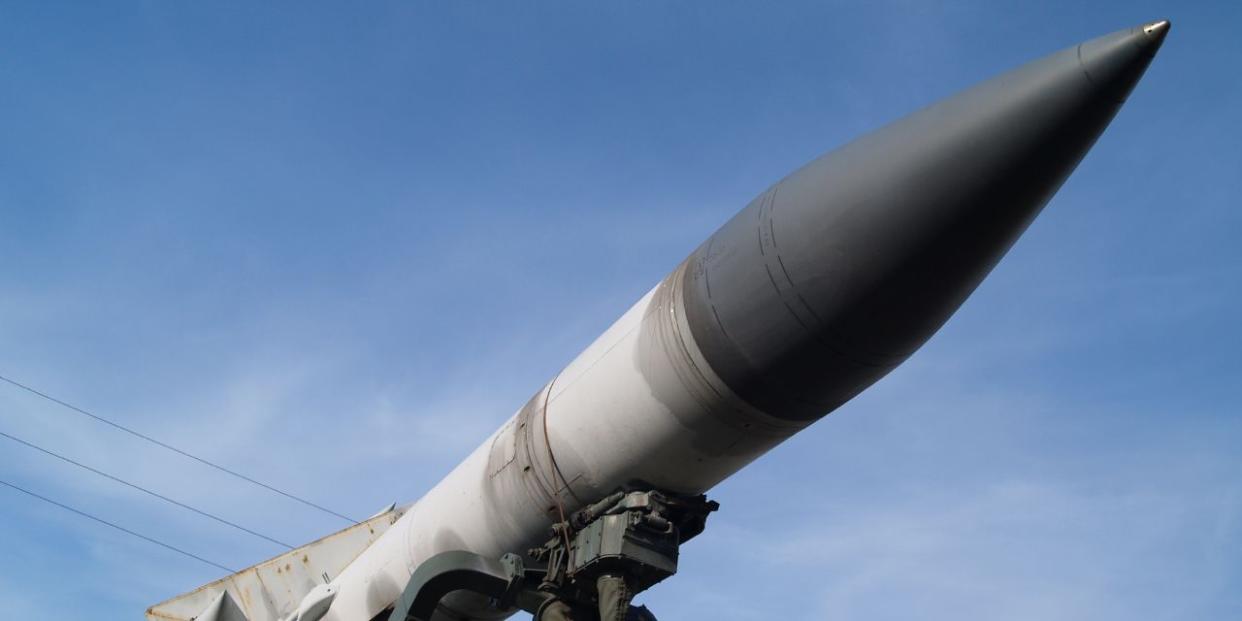
As Russia began burning through its inventory of land-attack Kh-101 and Kalibr cruise missiles last year to indiscriminately bombard Ukrainian cities, it increasingly began turning to its inventory of S-300 missiles. Russia had lots of missiles designed for the system, as it was in the process of replacing its older S-300 batteries with the more capable S-400 system.
And when a funny-looking missile plunged into what was reportedly a sawmill near the town of Bytosh in Russia’s Bryansk oblast—over 100 miles north of the border with Ukraine—it looked like Ukraine may have taken a page out of Russia’s playbook by using air defenses in a very offensive way.
A video of what appears to be a missile of the Soviet-made S-200 air defense system impacting a sawmill in the settlement of Bytosh in Bryansk Oblast of Russia earlier on Sunday.
Presumably, the Ukrainians started to covert these missiles for the use against ground targets. pic.twitter.com/yPSJPO5el2— Status-6 (@Archer83Able) July 9, 2023
The missile appeared to be a V-880 Vega used by Ukraine’s Soviet-era S-200 long-range anti-aircraft batteries—codenamed SA-5 Gammon by NATO.
Accurately or not, Russia claimed that four missiles were defeated by electronic warfare and air defense fire while attempting to attack targets in Crimea and near Rostov and Kaluga. Separately, one or more missiles were reportedly downed by defending S-300VM or S-300V4 batteries while attempting to attack the critical Kerch bridge to Crimea, apparently prompting a suspension of traffic.
Russian sources report a temporary suspension of traffic on the Kerch Bridge in both directions after the activity of the Russian air defenses near Crimea's occupied Kerch
📹https://t.co/njyebe7m9f pic.twitter.com/zk2KAY6L6d— Euromaidan Press (@EuromaidanPress) July 9, 2023
Ukrainian officials have neither confirmed nor denied Russia’s claims.
Ukraine had retired its S-200s a decade ago, but was thought to retain at least three or four batteries worth of launchers (around 24), if not more. Though there was talk in the late 2010s of reactivating them in air defense roles—as occurred for Ukraine’s reconstituted S-125 and 2K12 Kub batteries—there had been no evidence of S-200s being used by either Ukraine or Russia in the conflict until now.
Reports also reveal that the U.S. actively tried to persuade the president of Bulgaria to transfer S-200 and S-300 missiles from his military to Ukraine. In exchange, Bulgaria would receive modern equipment like NASAMS missiles and F-16s. That implies that the U.S. was confident that Ukraine could readily integrate S-200s into service.
So, perhaps a few S-200s were made operational. The lack of photos showing S-200s launchers might reflect sensible operational security to prevent accidentally betraying the location of the hard-to-move launchers. Perhaps a wayward anti-air missile flew deep into Russia—similar mishaps have occurred with Syria’s S-200 batteries.
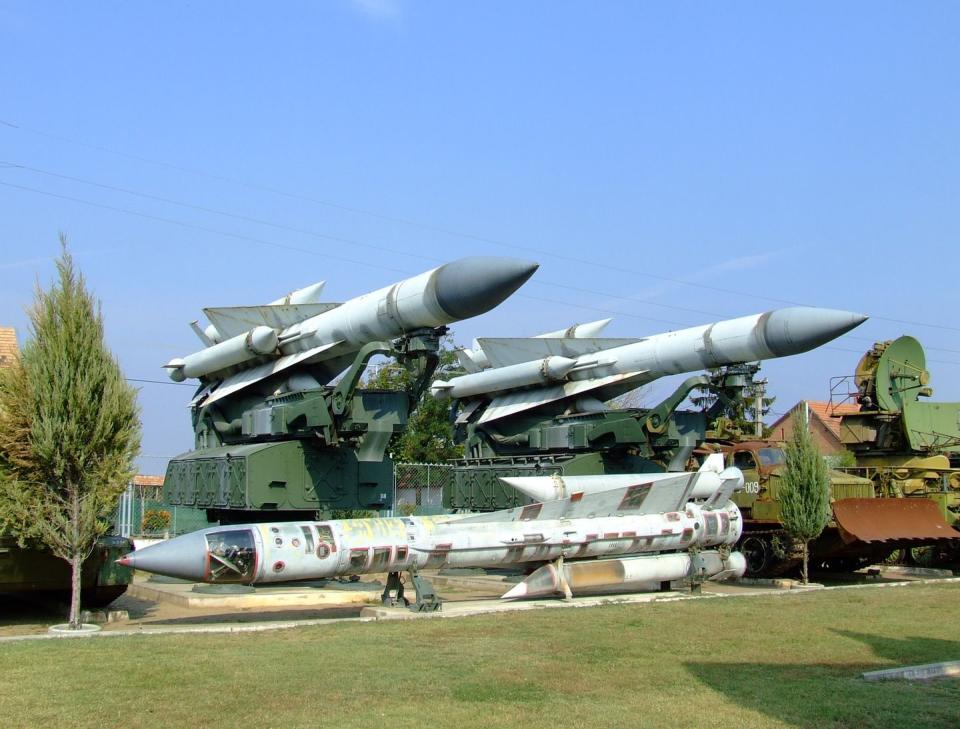
But if the Russians reports of multiple S-200 attacks are accurate, that implies that they are being systematically used in a land-attack role.
At first glance, it’s more surprising for Ukraine to expend air defense missiles on land attack missions than for Russia. Ukraine still faces far more extensive aerial threats from Russia than the other way around, and lacks options to obtain replacement missiles for its mostly Soviet-era systems.
Perhaps Ukraine concluded that the S-200s were too obsolete and vulnerable (due to being so immobile) to be worth using major resources in an air defense role. Ukraine has particularly sought long-distance weapons to strike attacks in targets in Crimea and Russia, but has few (if any) remaining Tochka ballistic missiles, and any long-range Western weapons it receives (such as Storm Shadow and SCALP-EG missiles) are likely given under condition they aren’t used for strikes on Russian soil. Hypothetically, missiles from S-200s may represent a domestic means to that capability unconstrained by foreign restrictions.
S-200: Defender of the Soviet Motherland
The S-200 entered service in 1967 to serve as fixed, long-range air defenses protecting the Soviet heartlands from nuclear-capable NATO strategic bombers and spy planes flying at high altitude. The system’s 5N62 “Square Pair” targeting radar had a maximum range of 170 miles, while its V-860 and later V-880 missiles could hit aircraft from 110 to 190 miles away, and at up to 65,000 to 131,000 feet depending on model.
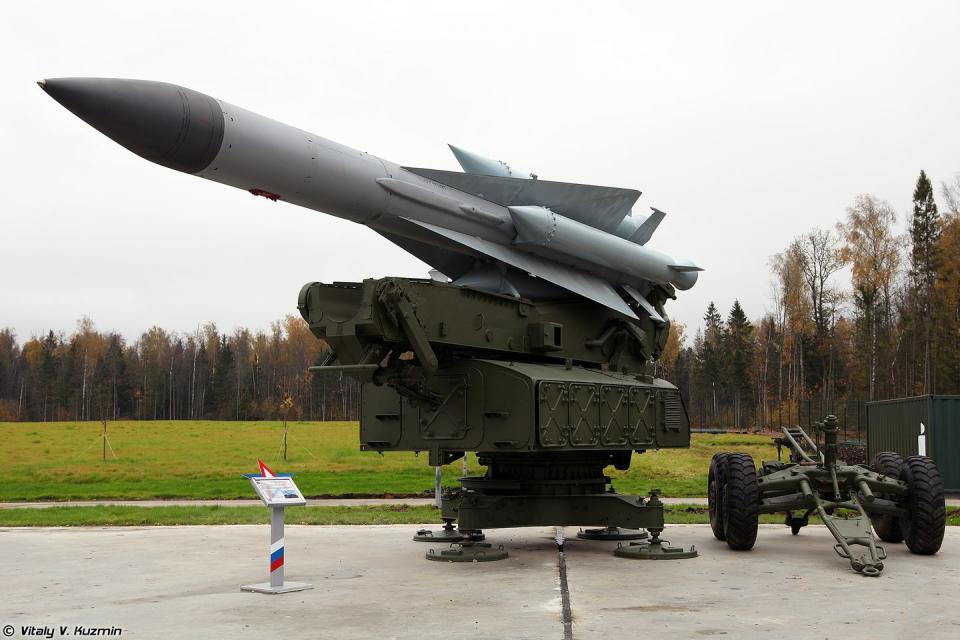
Each individual V-880 missile (or 5V28) used by an S-200V is absurdly buff, measuring 10.7 meters long, weighing nearly 8 tons and boasting no less than four first-stage solid-fuel rocket-boosters. These would jettison once spent to allow an additional liquid-fuel second-stage booster to take over. All that rocketry helped boost the missile up to Mach 8 and ensured that it could reach aircraft flying at over three times the speed of sound at maximum range and altitude.
Unlike most Soviets missiles reliant on radio-command guidance, the S-200’s missiles used a built-in passive radar seeker that can home in on aircraft illuminated by reflected signals from ground-based Square Pair radar. On closing with its target, a proximity fuse detonates the hulking missile’s 485-pound proximity warhead, releasing 37,000 fragments to shred everything within a forward-facing 120-degree cone. If that wasn’t enough, some V-880 missiles were also fitted with 25 kiloton nuclear anti-aircraft warheads.
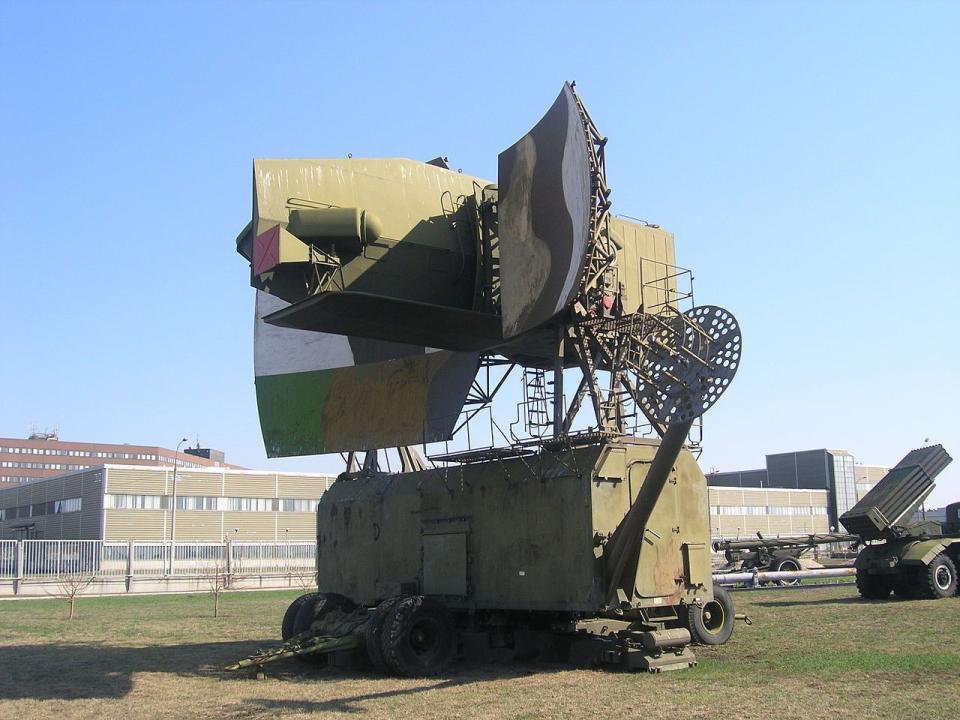
The original S-200A Angara system used the V-860 missile and was effective out to 100 miles and 65,000 ft. It was soon superseded by the jam-resistant S-200V ‘Vega’ system and V-880 missile boosting maximum range to 150 miles and altitude to 130,000 feet, and the similar, nuclear-capable Vega-M. A smaller number of the ultimate S-200D ‘Dubna’ systems were produced with a range of 190 miles.
By the system’s 1980s-era peak, more than 2,030 S-200 launchers were dispersed across the Soviet Union, with a battery typically consisting of six 5P72B static launchers, one radar, a command post, and transport and reloading vehicles. By then, NATO aviation was focused on low-altitude penetration tactics that the S-200 wasn’t designed to counter, though it still had a notional role threatening high-flying SR-71 Blackbird spy planes and slower RC-135 and E-3 surveillance aircraft. Usefully, the aging S-200 batteries could still be networked and controlled via the command posts of the succeeding S-300 and S-400 systems.
An export model, the S-200VE was also sold abroad, with some still operational in NATO states Bulgaria and Poland. Other notable operators include Algeria, Iran, Kazakhstan, Myanmar, and Syria. In 2018, Syria’s force of 40-50 S-200 launchers was responsible for the only downing of an Israeli jet—an F-16I Sufa—during Israel’s decade-long bombing campaign targeting Iranian/Hezbollah assets in Syria. However, Syria’s S-200s batteries also accidentally shot down a friendly Russian Il-22M command post plane the same year (killing 15), smacked the island of Cyprus with an errant missile, and suffered losses to Israeli air defense suppression strikes.
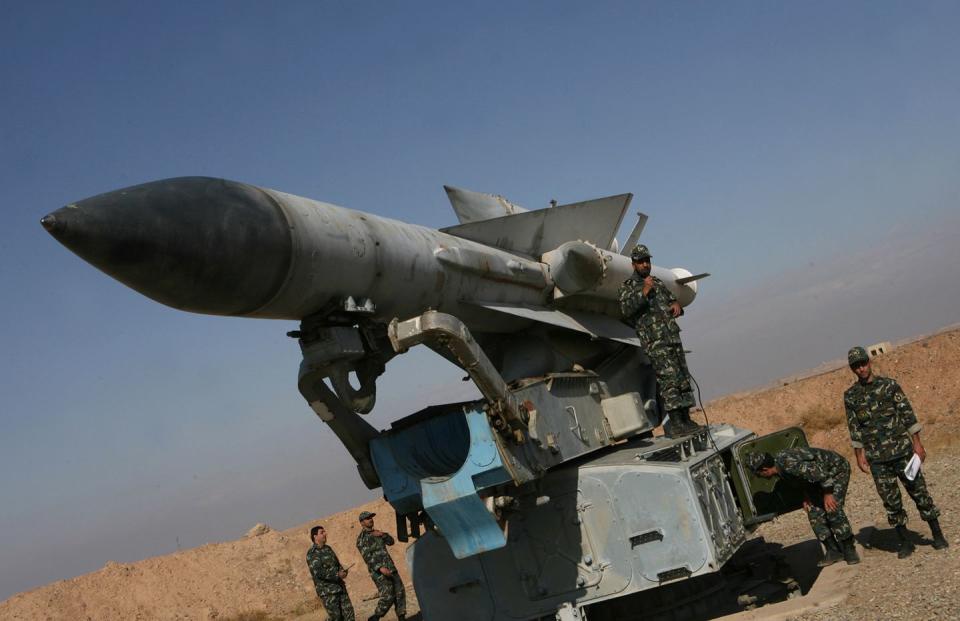
Ukraine’s Vega Missiles
Ukraine inherited many S-200Vs from the Soviet Union. By 2013, three Ukrainian air defense brigades (based in Kherson, Odesa, and Kyiv) and two regiments in Crimea and Kamyanka-Buzka (near Lviv) were still equipped with S-200Vs. Though less modern and capable than Ukraine’s S-300P and S-300V systems, the S-200s still had greater maximum engagement range. However, the last S-200 unit was disbanded that October…just a few months before Russia seized the Crimean Peninsula from Ukraine.
After Russia’s initial invasions in 2014-2015, Ukraine began working to reconstitute some of its retired Soviet air defenses, and the reactivation of S-200 batteries became an objective. But a 2018 report singles out the S-200 as the only former Soviet system Ukraine’s military still lacked the capability to use.
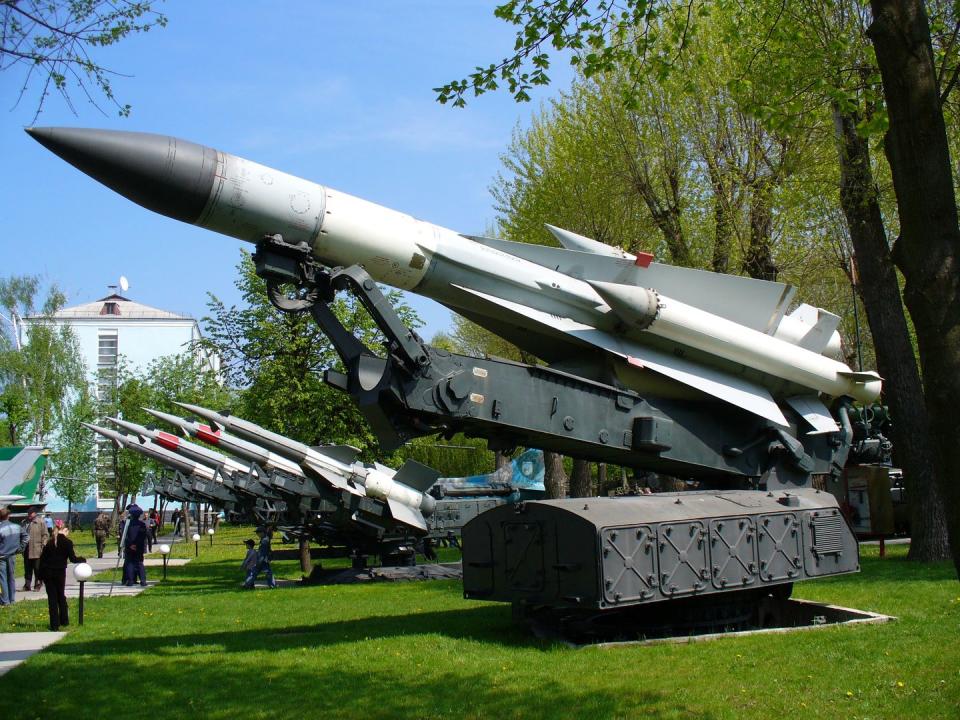
There still remains no media proving that operational S-200s in Ukrainian are in service. One can speculate that some may have been discretely reactivated and possibly upgraded with assistance from Poland.
Defender Becomes Attacker?
While S-300s and most other Russian air defense missiles have a built-in secondary land attack mode, the existence of that mode on the S-200 isn’t confirmed. That said, Syria has lobbed S-200 missiles in very low accuracy terror attacks directed at Syrian rebels and Israel.
Guidance is necessary for an S-200 surface attack to prove militarily effective. In principle, a separate radar could be trained on an especially large surface target (like the Kerch bridge) for the missile’s passive seeker to latch onto. Such an arrangement seems, at best, only circumstantially practicable.
So regarding S-200's apparent land attack capability. S-200 employs semi-active radar guidance so there is at least an onboard guidance computer that an IMU could theoretically be integrated with. https://t.co/jFpB3xBu14 pic.twitter.com/yHBeC88ZUo
— John Ridge 🇺🇸 🇺🇦 (@John_A_Ridge) July 10, 2023
Alternatively, Ukrainian technicians could have jerry-rigged a rudimentary inertial and/or GPS guidance to integrate with the missile’s pre-existing Inertial Measurement Unit tracking the missile’s speed and bearing. This would allow for course-correction as it flew towards fixed coordinates.
While probably still lacking accuracy and not designed for stealth, V-880 missiles would still pose interception challenges due to their supersonic speed, and would hit hard due to transparent size, velocity, and their quarter-ton warhead. The maximum range of 159 or 190 miles against aerial targets could, by some estimates, translate to a 250- to 310-mile ground attack range.
Russian sources remain convinced the Soviet anti-bomber defense has been converted into a genuine threat to targets on Russian soil. If that’s true, we may eventually see more from the powerful—but obsolete—Soviet air defense system.
You Might Also Like

